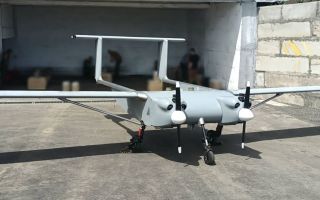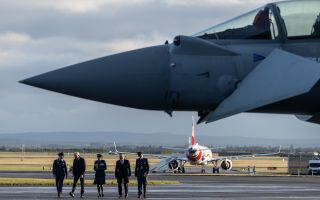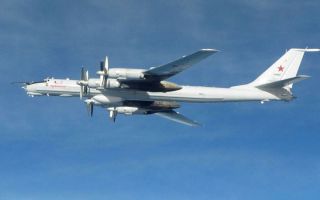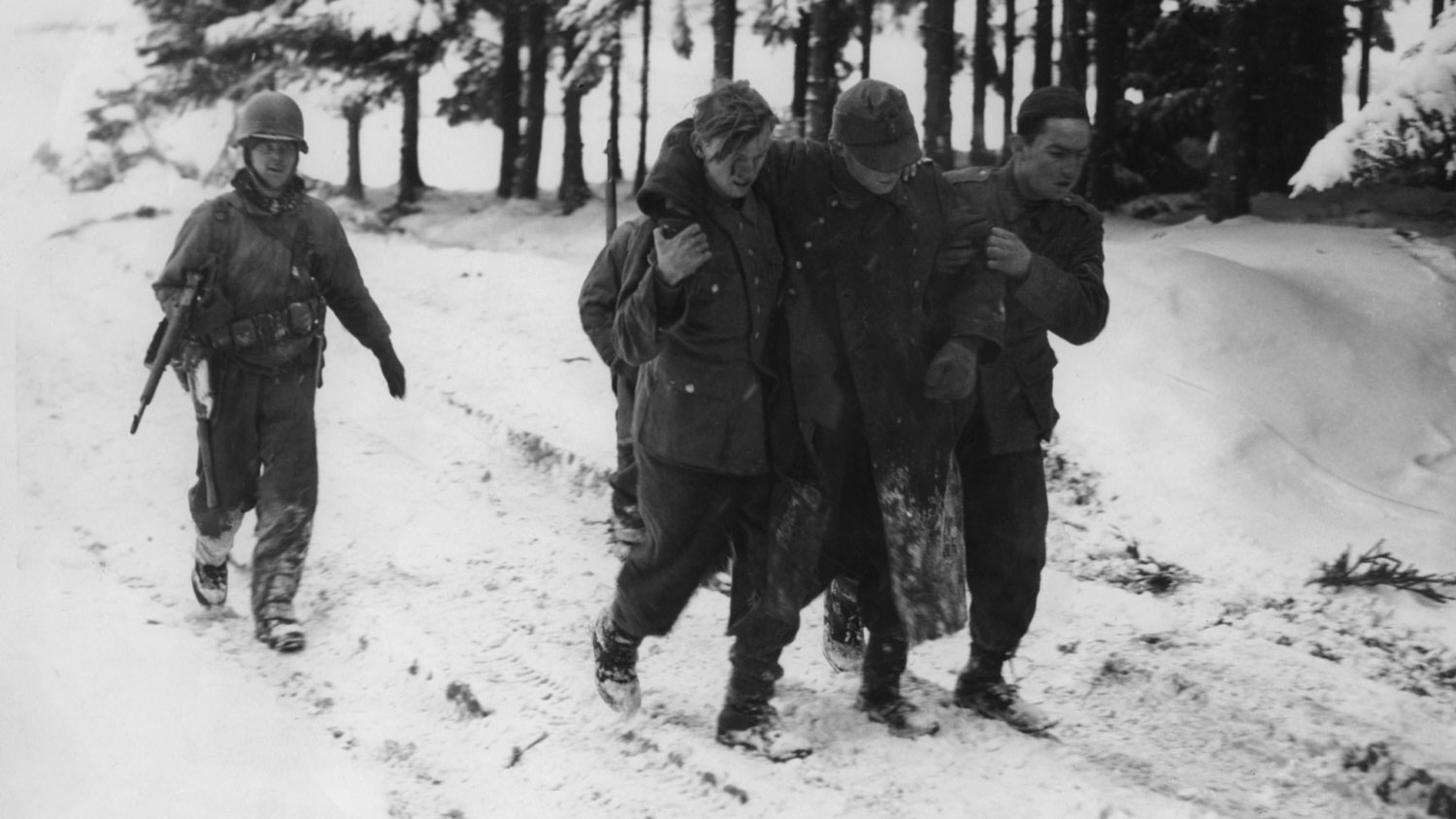
A pointless, bitter business: Al Murray gives his verdict on the Battle of the Bulge

Al Murray, best known for co-hosting the Second World War podcast We Have Ways Of Making You Talk with historian James Holland and his stand-up character the Pub Landlord, doesn't agree with the popular thought that the Battle of the Bulge was a masterful final push by the Nazi war machine.
The latest series of the podcast takes a deep dive into The Battle of the Bulge, the last major German offensive on the Western Front during the Second World War and as Mr Murray explains here, it's clear the offensive was both chaotic and doomed.
In January, James Holland and I visited Germany, Belgium and Luxembourg on a kind of regular repeat.
We stayed in Stavelot, where legends of wolves abound and in Lent, the town marks the festival of the Blancs Moussis with people donning white costumes and red-nosed masks, throwing confetti and entertaining the crowds with leaping and grunting.
However, Jim and I were not there for Waloon culture.
We were there to visit the sites and walk the ground of the Battle of the Bulge, the last German gasp in the war in North West Europe, when the harebrained Fuhrer demanded from his armies a thrust that would reach Antwerp and split the Allies asunder.
It would do no such thing – the Germans only came within a few miles of the River Meuse before being crushed by the weight of Allied firepower and aircraft.
But as ever, being there, walking the ground, sizing up the challenges that the US Army faced on the receiving end of the German attack was richly rewarding.
The Battle of the Bulge is one of the Second World War events that had got off reservation and entered the public imagination, thanks to the somewhat patchy American movie from the 1960s (which seems to have been made simply to enrage tank-spotters) and the episodes of the seminal TV series Band of Brothers about Bastogne.

The casual observer could be forgiven for thinking the action centred around Bastogne and the 101st Airborne Division.
But the pictures have done the bigger picture a disservice.
The story of Operation Herbtsnebel – Autumn Mist – is often presented as Hitler's last gamble, the final roll of the dice.
This characterisation is one we owe to Supreme Allied Commander Dwight D Eisenhower, who issued a general order at the height of the crisis describing the offensive as a gamble.

Yet a gamble would require some, indeed any, chance of success for the Germans.
Hitler's mindset denied him and his subordinates the option of defence, every position had to be held to the last round.
No ground could be given up despite what his generals might think.
This attitude was exacerbated by the aftermath of the July Plot – the failed attempt to assassinate Hitler.
The Fuhrer no longer trusted the German army and generals had to make sure their loyalty was well transmitted to Hitler.
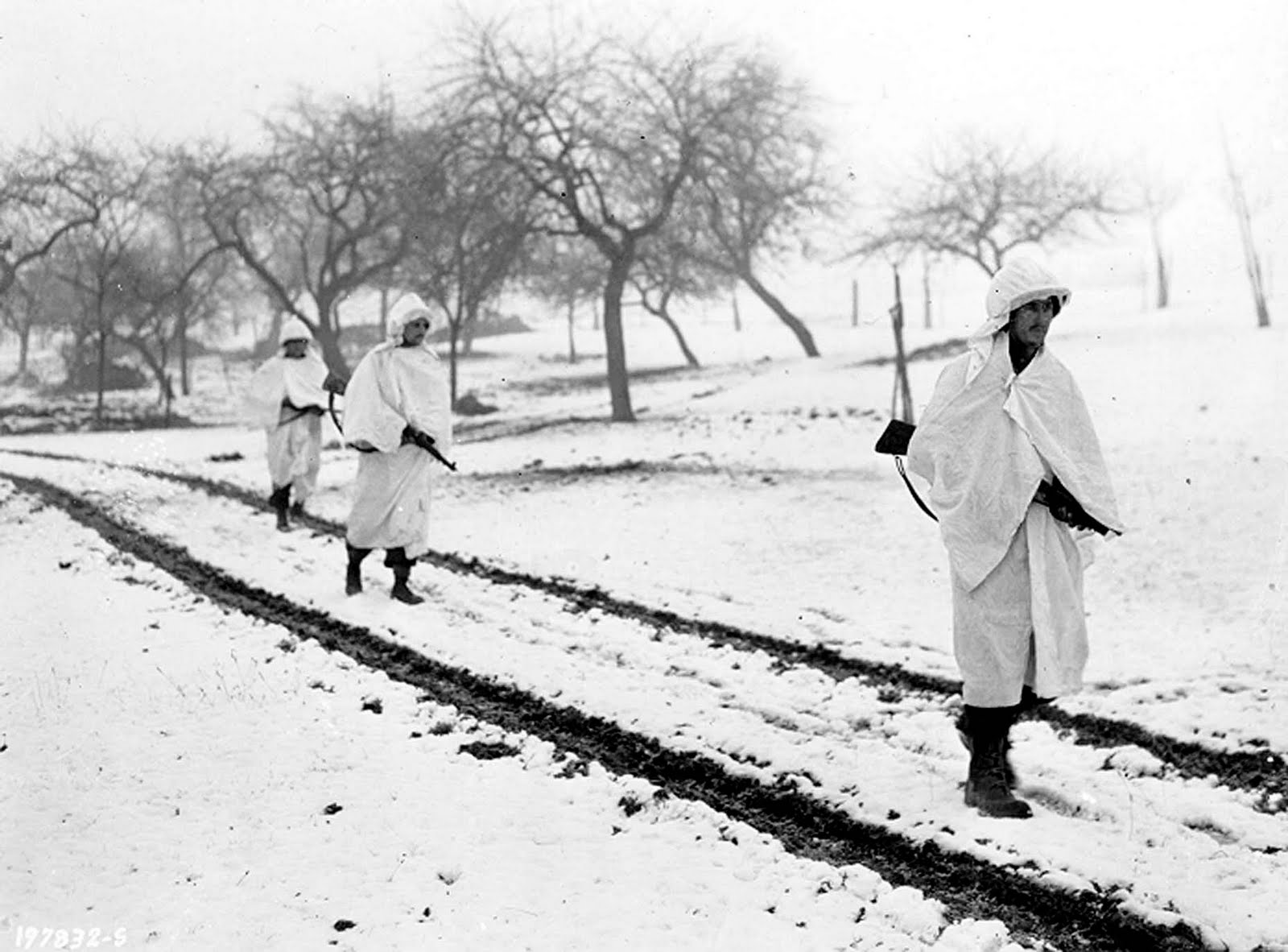
Questioning his grand schemes got you nowhere.
Op Herbtsnebel – three army-sized thrusts across the Ardennes – where the Germans had caught the world with its trousers down in May 1940 – required Hitler to spend his strategic reserve on the one objective.
It was plainly folly.
Germany was by this stage of the war necessarily adept at standing up new formations or of rebuilding units that had been shattered on the three fronts it was fighting on.
And its arms industries, bolstered by the slave labour it had dragged into Germany from all over the conquered Reich, were still churning out weapons.
The limitations these circumstances enforced on Germany were something the Fuhrer would overlook.
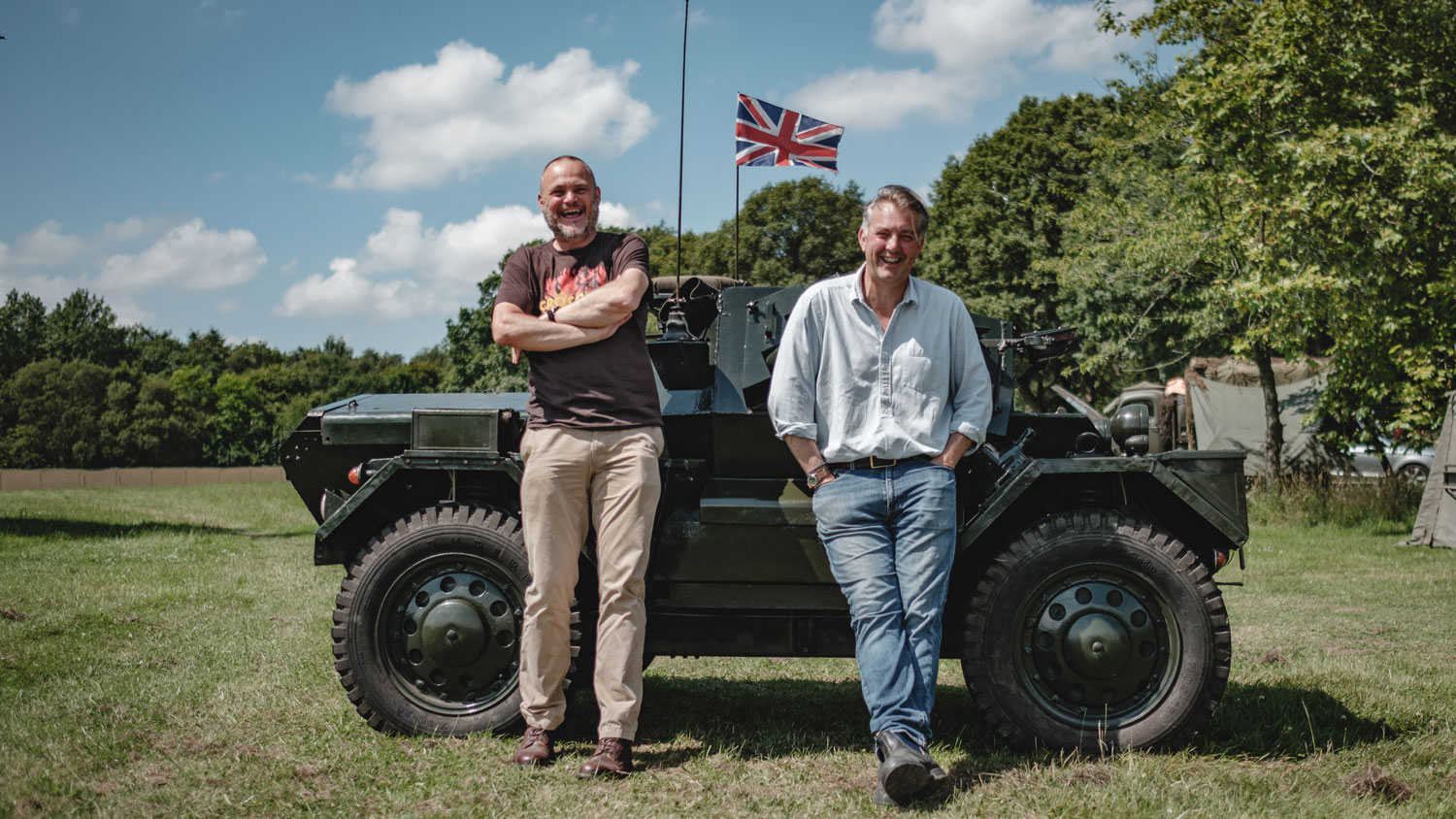
Troops were poorly trained, planes lacked fuel and pilots didn't have the hours they needed to fly in combat with confidence.
And while German tanks on paper were more formidable than the Allied equivalents, they were not as numerous nor made to the same mass-produced standards that American industry could produce.
Needless to say, even if the Germans could create a moment to surprise and overwhelm the Americans locally, where might it then lead?
The opening moves of Op Herbstnebel, on the morning of 16 December 1944, set the tone immediately.
In the northernmost thrust towards the Elsenborn Ridge, the Germans made little progress.
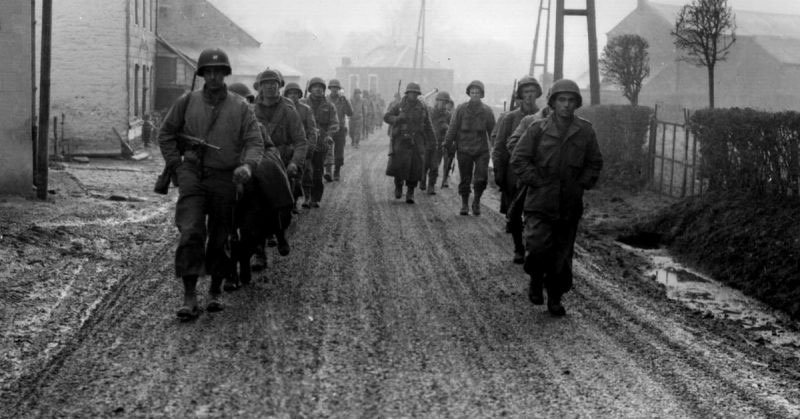
Their pre-dawn bombardment – the days in December in the Ardennes are short, dawn is at 08:30, dusk around 17:00 – alerted the Americans to the imminent attack.
Poorly trained infantry – the new Volksgrenadiers – were cut to pieces and found themselves stuck to the American positions and then to a series of blocking positions.
The Americans fought with resolve and ruthless application of firepower.
Rollbahn A, which was the northern route for the Germans, was blocked by American forces and was heavily saturated with artillery fire.
In the following days, US troops fired 10,000 rounds daily at the Germans trapped in this northern kill zone.
This part of the battle features less in the imagination than Bastogne, perhaps because there were no journalists present.
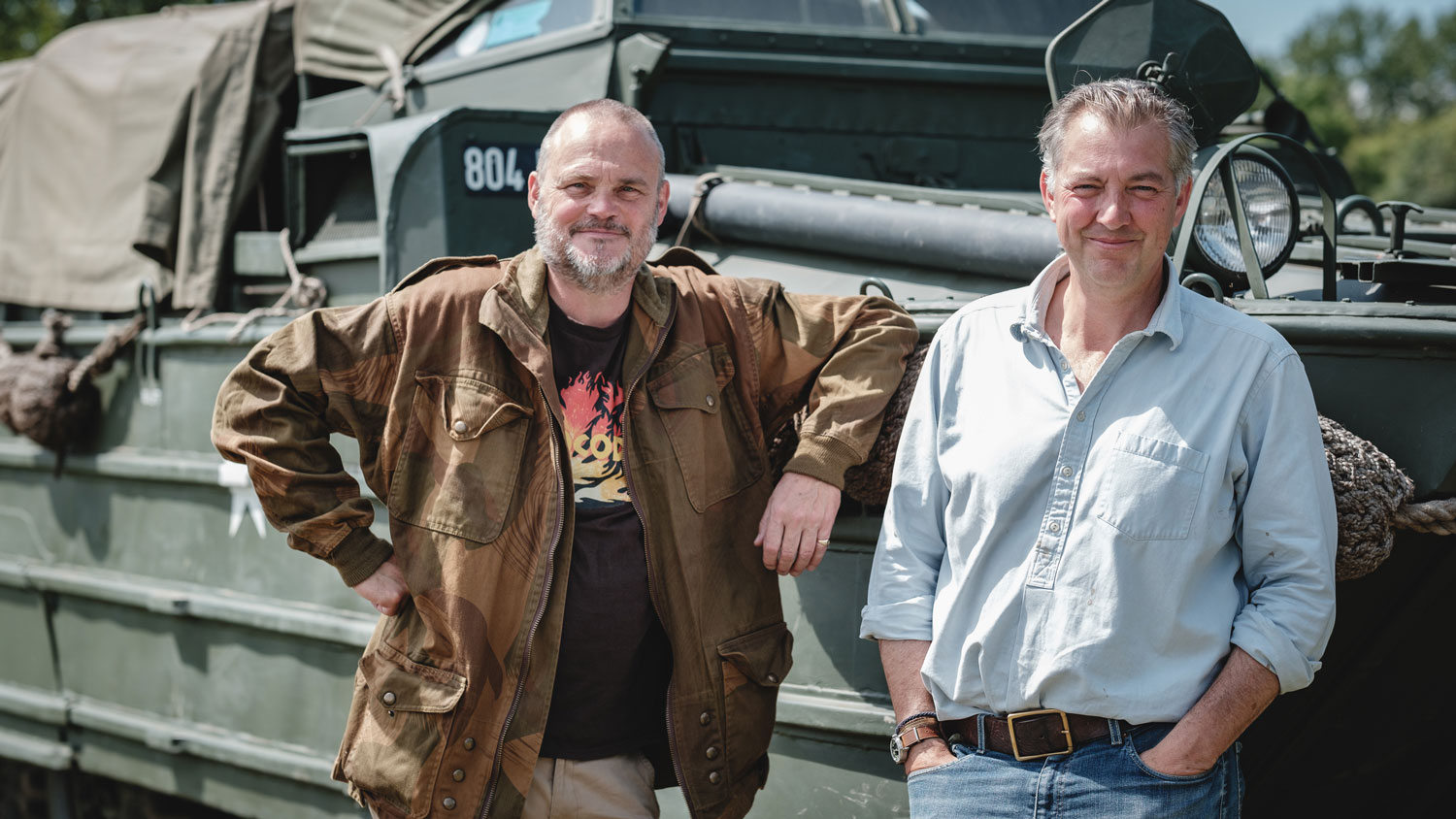
Malmedy Massacre
Further south, the German efforts descended into notoriety.
Kampfgruppe Peiper – a unit synonymous with the Ardennes offensive and led by Nazi princeling Joachim Peiper, Himmler's former adjutant – pushed on through the American lines, breaking through a gap in the American lines and on towards the Meuse.
On the morning of the 17th on their way west outside the town of Malmedy, Peiper's men ran into American rear echelon troops who were hurrying in trucks east.
Peiper's men fired on the Americans, who surrendered, and herded them into a field.

While Peiper was in the van of his battle group and had driven on, his men went about murdering 84 of the Americans they had taken prisoner, gunfire breaking out and spreading seemingly spontaneously, but ending with Americans being finished of with pistols and rifle butts.
This war crime led to a trial in 1946, convictions and executions (though Peiper's sentence was commuted), but the effect within the American ranks was electric.
Survivors who had fled reported what had happened, the news circumvented the military censor and found its way straight to the papers.
If word had made it across the Atlantic it had spread as quickly among American units in the Ardennes.
The US Army knew it was in for the fight of its life and fought accordingly.
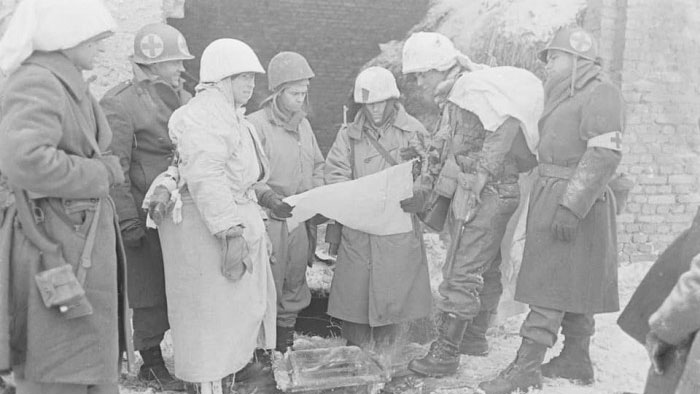
Peiper's campaign offers the German offensive in microcosm.
With his long straggling lines, whittled down and held up by the most extraordinary American resistance, ending in a futile and abortive last stand in the village of La Gleize, having outrun his supply lines, without the air cover the Fuhrer had promised and on the receiving end of the full American onslaught of combined arms, it represents the whole pointless, bitter business.
Peiper gave the order for his men to slip away and of the Kampfgruppe, a mere 717 of 3,000 made it back to German lines.
Retracing his steps, James and I found ourselves sputtering with anger at the sorry waste of the whole enterprise, as well as marvelling at the way the Americans resisted when they were caught on the hop.
Listen to podcast We Have Ways Of Making You Talk here.

